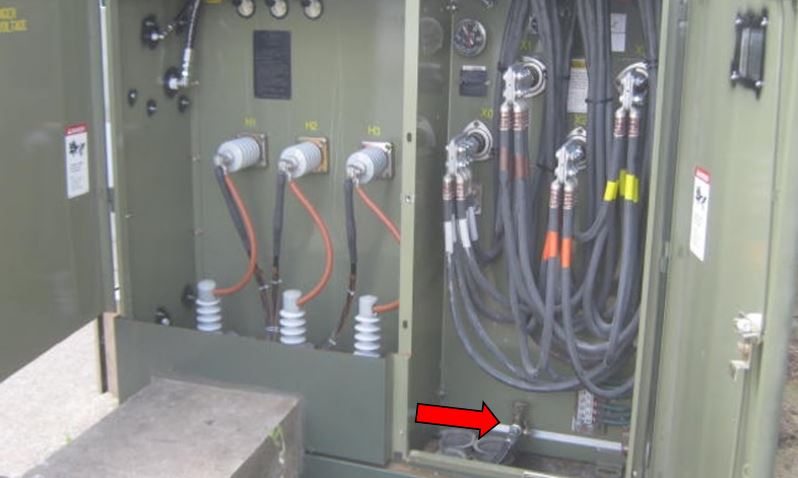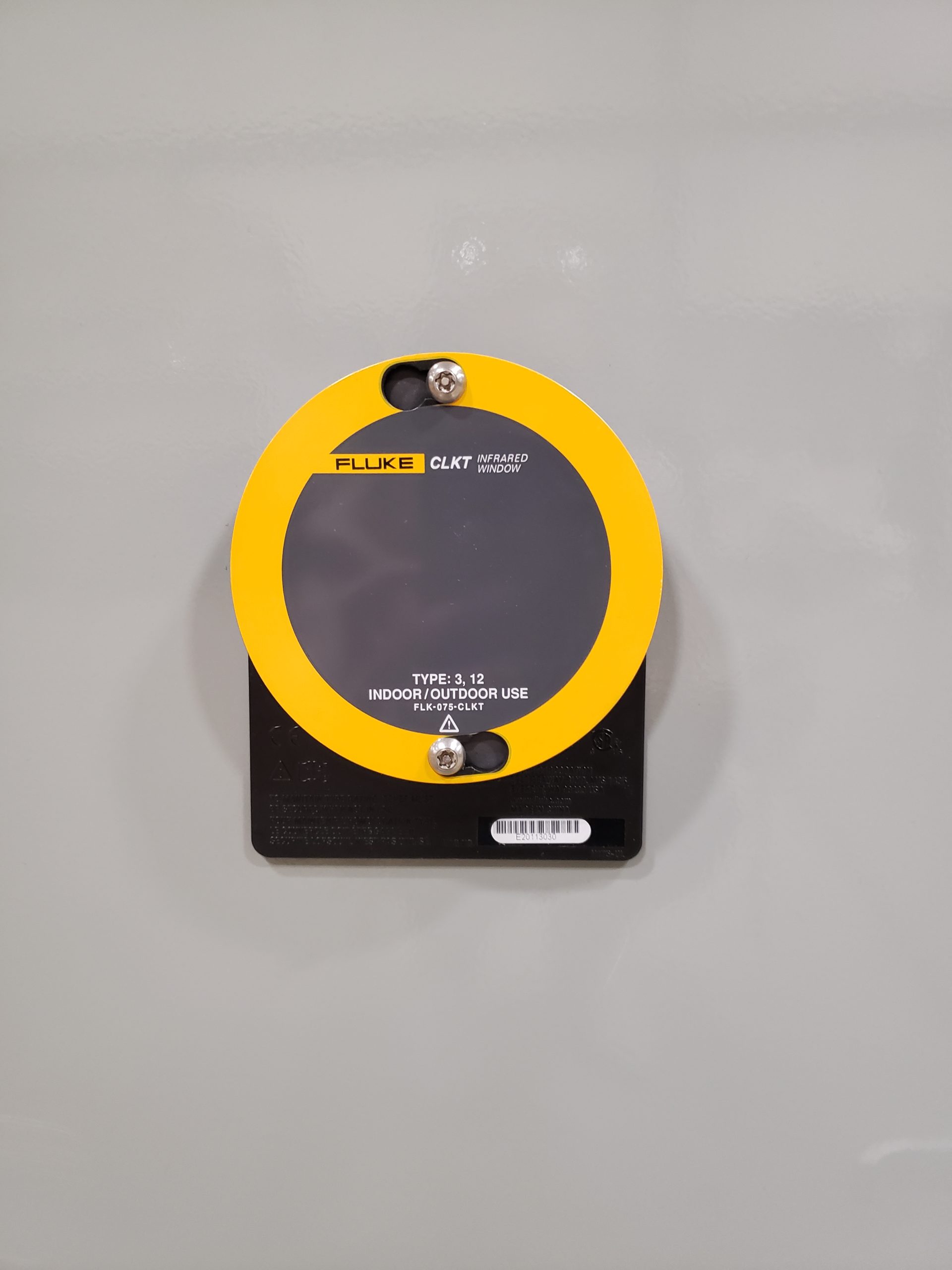By Ray Urbanic, VP of Engineering
The Uptime Conundrum
The ongoing demand for increased production uptime (coupled with fewer available system outages for maintenance) drives the necessity to transform the approach to maintaining power distribution equipment and systems.. The average US facility’s annual uptime percentage has risen from 80% in 1980 to 97% in 2019. That equates to reducing the average available outage days from 55 to only 11 days (and many facilities cannot afford those 11 days). Mature facilities with aging infrastructure may require even more outage time for repairs or more frequent maintenance. These combined challenges create a very difficult scenario for most Facility and Maintenance Managers who lack the proper outage time to sufficiently inspect, repair, and maintain their electrical equipment. On-demand monitoring can offer cost-effective ways to help maintenance managers achieve their goals.
Online Monitoring Benefits
Read nearly any trade magazine regarding the power industry and there will be articles, webinars, and symposiums on the topic of online monitoring of electrical power equipment. For good reason – the benefits are many. Continuous online monitoring of equipment, coupled with proper data analysis, provides greater advanced warning of potential fatigue or failure of equipment, as well as power quality of the electrical system. This early-warning analysis allows for earlier planning for strategic outages, as well as ample data for troubleshooting issues, making the most of the outage time available.
Online Monitoring Costs (Unfortunately)
The biggest negative to online monitoring is the tremendous investment it requires. The significant cost of the monitoring equipment for every transformer, switchgear enclosure, and motor can require several years’ worth of budget money, but the added cost of creating the necessary communication and cybersecurity infrastructure could exceed that. In addition is the culture change for employees to become more adept and reliant upon mega-data analysis and troubleshooting, which oftentimes requires further investment in a third-party providing that continual analysis. For companies already struggling with higher costs and labor shortages, this type of investment is simply not affordable.
On-Demand Monitoring – Cost-Effective Alternatives
We can still obtain early-warning on-demand monitoring data for electrical equipment while it remains energized, all while maintaining budget-friendliness and cultural compatibility. Below are a few examples:
Energized Oil Sampling of Padmounts
Oil sampling for liquid-filled transformers has been around for decades and is a proven method for determining the overall health of a transformer, as well as predict when maintenance is needed. The oil itself serves as the “diary” of the transformer, providing evidence of overheating, degradation of insulation over time, and if faults were experienced, all through dissolved gas analysis (DGA). Most substation transformers have external provisions for taking oil samples while energized, but padmount transformers typically do not – the sample valves must be tamper-proof to prevent unauthorized personnel from accessing. This usually means these valves are located within the locked cabinet, in the same space as the energized power cables. The only way to safely determine the health of a padmount transformer is to add an expensive DGA online monitor, or deenergize the transformer to perform an oil sample, which requires an outage.

Fortunately, there’s an inexpensive way to provide safe access to a sample valve outside the control cabinet, allowing oil samples while remaining energized. The sample valve can be extended outside the cabinet to a lockable, tamper-proof box, allowing secured access to perform oil samples as frequently as needed without any outages. In addition, you can take infrared (IR) thermal-imaging scans of the transformer at the same time, adding insight to any potential overheating or hot-spots forming on the cable connections. Service contractors can perform these on-demand monitoring services for multiple transformers at a given site, at a significantly lower cost compared to online monitoring.

Ultrasonic Testing of Transformers, Motors, and Switchgear
While oil sampling and infrared (IR) scans for on-demand monitoring are effective, they have limitations. These tests offer insights primarily into chemical and thermal aspects but do not address electrical conditions. Electrical testing of conductor impedances and insulation integrity provide further insights if destructive behavior is occurring, such as partial discharge, insulation tracking, and arcing. Left undetected and untreated, these phenomena can lead to very destructive faults, posing significant safety risks to personnel as well as productivity. Unfortunately, these electrical tests require an outage in order to safely conduct.
Solutions:
The popular solution for this is to install partial-discharge sensors on each piece of equipment rated 5000 volts or more, to capture this electrical data as early as possible. However, there is a cost-effective alternative in ultrasonic testing. Ultrasound technology detects high-frequency turbulences inside equipment through vents, seam gaps, or open air. These waveform signatures are then recorded and analyzed to identify their root cause. These phenomena occur in high frequencies (10-50 kilohertz), each with their own unique waveform signature, allowing you to determine the root cause. And because humans can only hear frequencies under 1 kilohertz, these waveforms are immune to any background noise.
Testing:
The testing is simple and can be conducted safely on any energized equipment by service contractors who offer it. The device has a sensor that can record any turbulences present, generally through any air crevices or specifically designed ports installed. The higher the magnitude of signal detected, the closer the location of the root cause is. Using these results, we can create plans during the next outage to effectively address the specific problem identified. This approach avoids waiting for the outage to initially detect the issue and then necessitate an additional outage for correction. As in the case of oil sampling and IR scanning, ultrasonic testing should be performed at least annually, and more frequently if any phenomena are detected until correction can be applied.
Applying Data-Loggers
When unexplained fuse failures or nuisance tripping occurs, it’s extremely difficult to determine root cause without proper data illustrating the system behavior itself. One option is to consider adding temporary data loggers at key locations throughout the electrical system (utility service entrances, key distribution substations, etc). These loggers can record waveforms, frequencies, and any transients that may be present, and provide insight behind the unwanted device behaviors. Service contractors can install these loggers, download the recorded data, and work with engineers to troubleshoot accordingly, all for the small fraction of permanent online monitors.
Conclusion
With compounding need for equipment uptime and reduced opportunity for proper, de-energized maintenance, observing critical-equipment behavior while energized is becoming increasingly needed. While permanent online monitoring offers many benefits, it also comes with a very high price tag that most maintenance budgets simply cannot afford. Fortunately, there are on-demand monitoring services that can provide similar insight on equipment health and potential future dangers developing, while accommodating annual maintenance budgets accordingly. Contact Southwest Electric Co on how we can assist you in providing real-time data for your critical equipment.
Southwest Electric Co. can help with your monitoring needs. Give us a call or send us an email to get in touch with us today.